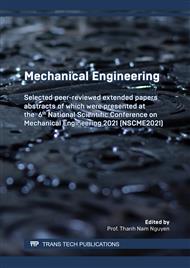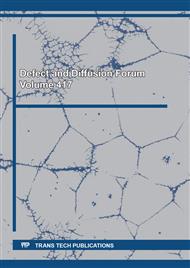p.29
p.35
p.45
p.51
p.61
p.67
p.73
p.81
p.87
Metal 3D Printing by Fused Deposition Modeling (FDM) with Metal Powder Filament Materials
Abstract:
Three-dimensional (3D) printing is a method of additive manufacturing that involves creating objects by serial deposition for pre-production or production. After designing a 3D model with a CAD program, a processable file is customized to create a layered design, which is then printed. Although this technique costs more than traditional techniques, such as metal injection molding, metal 3D printing can significantly improve the production times of lightweight parts produced in small numbers. Furthermore, is improves flexibility, and is more able to produce complicated geometries that would not be possible with common methods, such as turning, milling or drilling. The fused deposition modeling technique uses a metal powder filament, which is pulled through a high-temperature extrusion nozzle, thus melting the material; after that, the printed parts are placed in the debinding station with a solvent to remove the wax from the powder. Finally, completed products are taken from the sinter furnace with inert gases. Depending on the material, different characteristics arise in the production process, and the produced parts manifest different mechanical properties. This paper describes some experiments performed on the fused deposition modeling method using stainless steel filaments, debinding Opeteon and a sinter furnace.
Info:
Periodical:
Pages:
61-65
Citation:
Online since:
June 2022
Authors:
Price:
Сopyright:
© 2022 Trans Tech Publications Ltd. All Rights Reserved
Share:
Citation:



